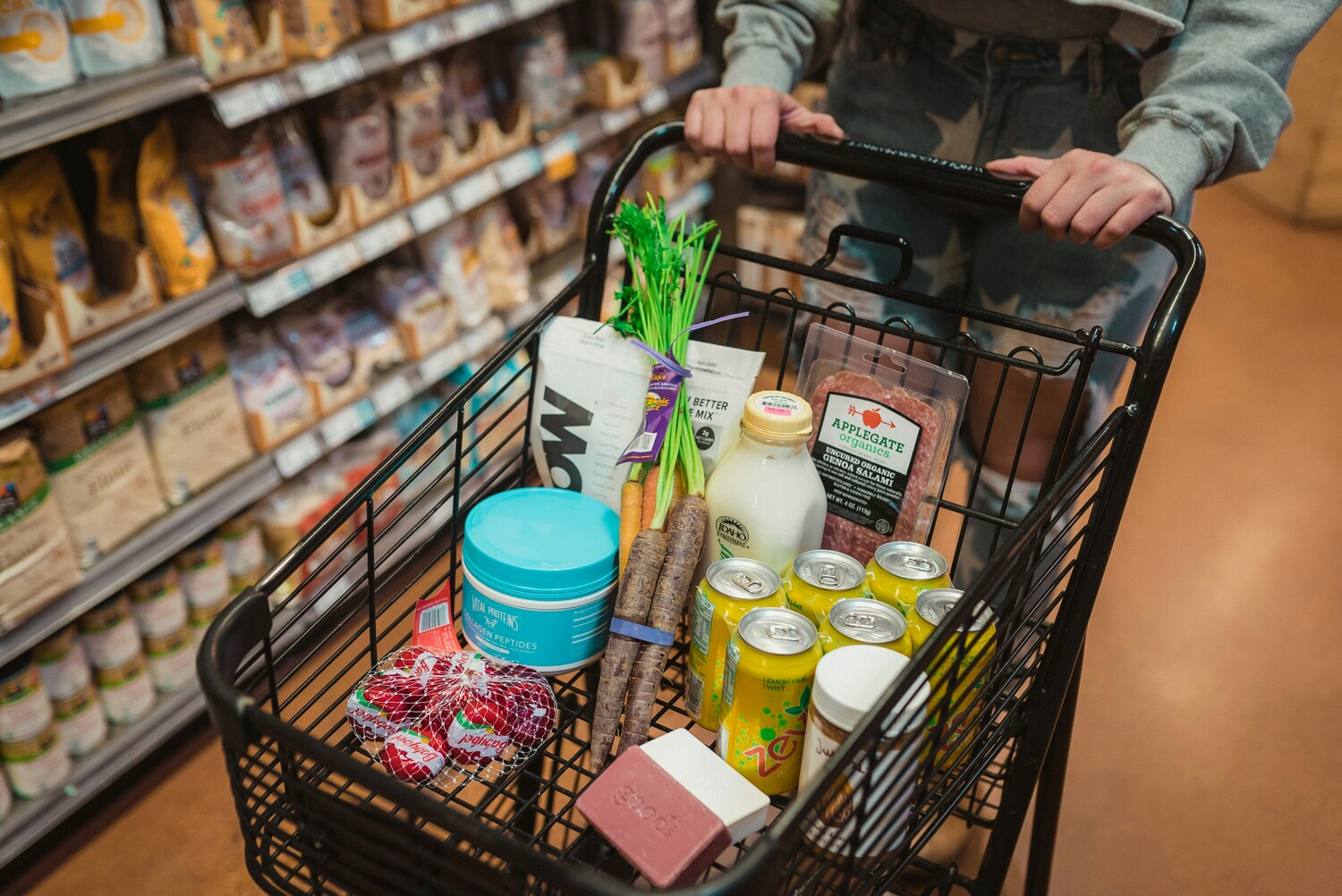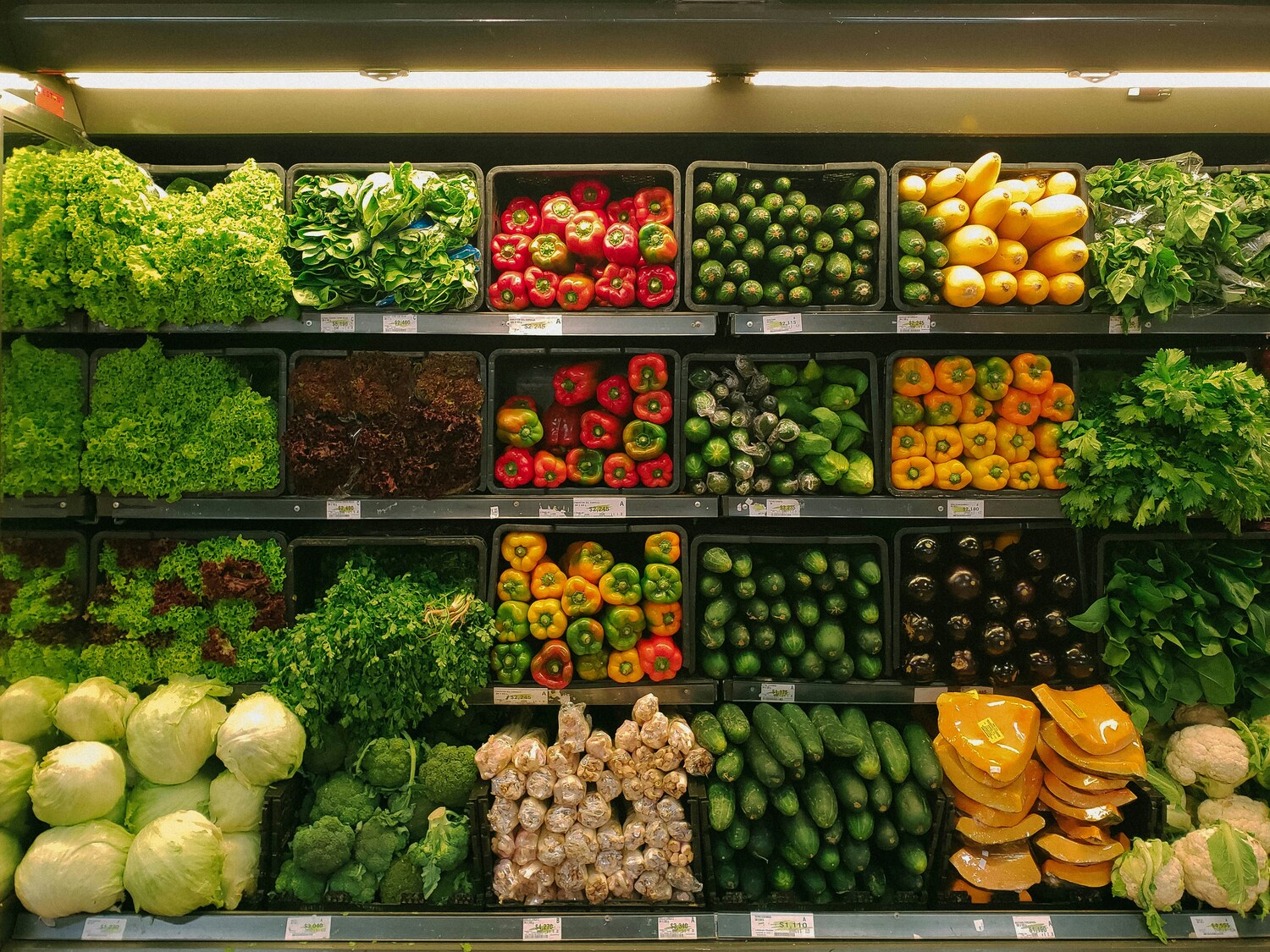
At first glance, a grocery cart just looks like a collection of meals waiting to happen. But take a closer look, and it becomes a snapshot of your financial life. What you put in your cart and what you leave out can reveal patterns about your income, budgeting style, debt levels, and even how stressed you are about money.
It’s not just about what you can afford. It’s about how you make choices under pressure, how you plan (or don’t), and how your financial mindset shows up in the checkout line.
Processed Foods vs. Whole Foods
One of the first things a grocery cart reveals is how much time and money someone has to spend on meals. Carts filled with pre-packaged frozen dinners, instant noodles, and boxed snacks often signal a person who is time-poor, budget-constrained, or both.
Processed foods are convenient, but their cost per serving is often higher than cooking from scratch. A cart loaded with rice, beans, fresh produce, and whole ingredients usually belongs to someone who’s trying to stretch their budget smartly, even if it takes more time and effort.
This difference can signal a broader financial truth: whether someone feels in control of their time and money, or like they’re constantly reacting to life’s demands.
Bulk Buys and Family Packs
Buying in bulk can be a sign of smart financial foresight…or financial anxiety. Someone loading up on 24-roll toilet paper packs, family-size cereal boxes, and 10-pound bags of rice might be signaling confidence in their budget and the ability to plan weeks ahead.
But if the cart is packed with bulk items and little else, it can also point to “panic buying” behavior, possibly triggered by rising prices, food insecurity, or an uncertain income. People on tight budgets often stockpile when they can, fearing they won’t be able to afford essentials next week or next month.
Coupons, Discounts, and Generic Brands
Generic brands and discount items used to be stigmatized, but not anymore. Today, even financially stable households opt for store brands to beat inflation. Still, if someone’s cart contains mostly clearance items, dented cans, or heavily discounted perishables, it could point to deeper money concerns.
Likewise, someone who spends time comparing prices, using apps like Ibotta, or handing over a stack of coupons at checkout might not be broke—they might be extremely financially savvy. But it depends on context. Are they choosing generics to save for a vacation, or because every dollar counts for rent this month?
Indulgences vs. Essentials
Splurges like gourmet cheese, imported chocolate, wine, or novelty frozen items aren’t just tasty. They’re financial tells. Someone who consistently adds luxury items to their cart is either comfortably managing their money or spending beyond their means to maintain appearances.
On the flip side, carts stripped down to essentials—milk, eggs, bread, and maybe a single piece of meat—can indicate someone is tightening their budget, whether voluntarily or by necessity.
That tension between wants and needs shows how confident someone is in their financial footing. Can they afford small indulgences without guilt? Or are they quietly sacrificing joy to cover basics?

Repetitive Purchases
Someone who buys the same five things every week may not be boring. They may be highly disciplined. Routine-based shopping can indicate a person who meal preps, sticks to a list, and avoids financial surprises. It can also reflect a tight budget that doesn’t allow for experimentation or waste.
Impulse-heavy carts, on the other hand, filled with treats, seasonal displays, and odd combinations, might suggest emotional or stress-based spending. These splurges often happen when someone’s overwhelmed or using shopping as a coping mechanism. In both cases, your grocery cart becomes a reflection of how consistent (or chaotic) your financial habits really are.
Healthy Food Choices
Fresh fruits, vegetables, organic eggs, and lean proteins are undeniably good for your health, but they’re also expensive. Households that prioritize these foods often have the financial flexibility to do so. Health-conscious shopping is a luxury that many lower-income families simply can’t afford consistently.
When prices are high and budgets are tight, nutrition often takes a back seat to calories-per-dollar. That’s why food insecurity isn’t always about hunger—it’s about being forced to sacrifice health for survival. A cart full of healthier items may look like a personal choice, but it’s often rooted in financial freedom.
Alcohol and Tobacco
While not always present, the inclusion of alcohol, cigarettes, or vapes in someone’s cart may signal lifestyle habits that quietly drain a budget. These purchases aren’t cheap, and for someone living paycheck to paycheck, they can create a ripple effect on the rest of the cart and the rest of the month.
In financial terms, these are often referred to as “leakages”—small, regular expenses that undermine your long-term stability. Seeing them in the cart regularly could point to habits that are keeping someone from building savings or paying down debt. It’s not about judgment. It’s about acknowledging the hidden costs of comfort and stress relief.
What Your Grocery Cart Says When You’re Not Even Thinking About It
Perhaps the most important insight is this: your grocery cart often reflects unconscious financial behavior. Are you shopping with a list? Sticking to a budget? Reacting emotionally? Trying to keep up appearances?
For many, the weekly grocery run becomes an emotional ritual—a way to feel in control when the rest of life (and money) feels unpredictable. But over time, these habits add up to a larger pattern. And those patterns are what reveal your true financial health, not just your income level or bank balance.
A Cart Full of Clues
Next time you’re standing in the checkout line, take a look at your cart, not with shame or pride, but with curiosity. Are you buying intentionally or emotionally? Planning ahead or reacting late? Managing your money or being managed by it? Your grocery cart is one of the most honest financial mirrors in your life.
What’s one thing in your cart every week, and what do you think it says about your finances?
Read More:
The New Grocery Trend That’s Pricing Out Middle-Class Shoppers







